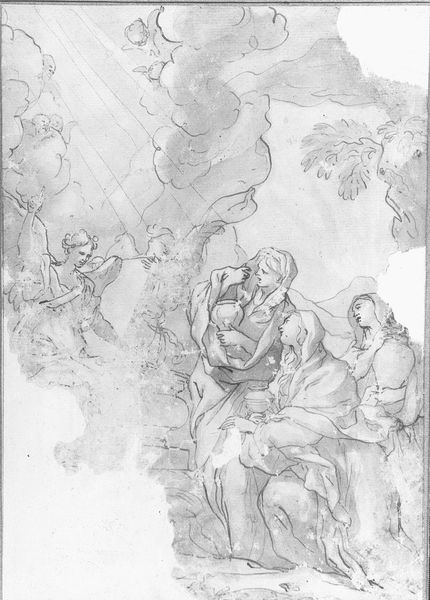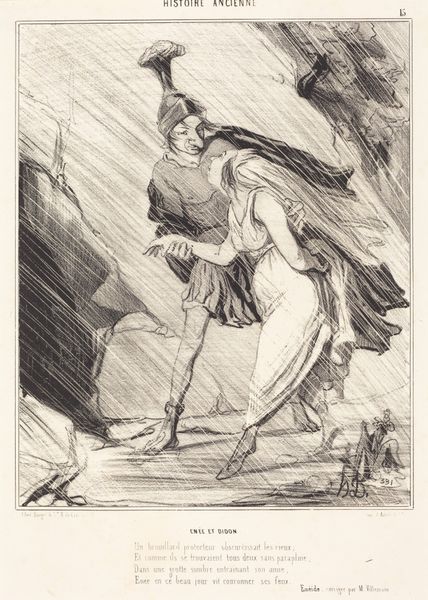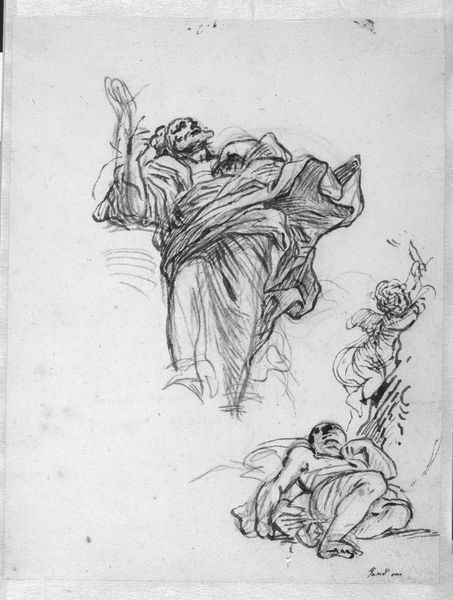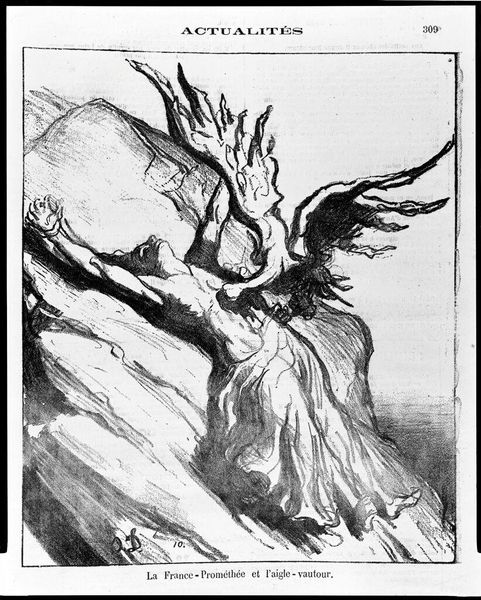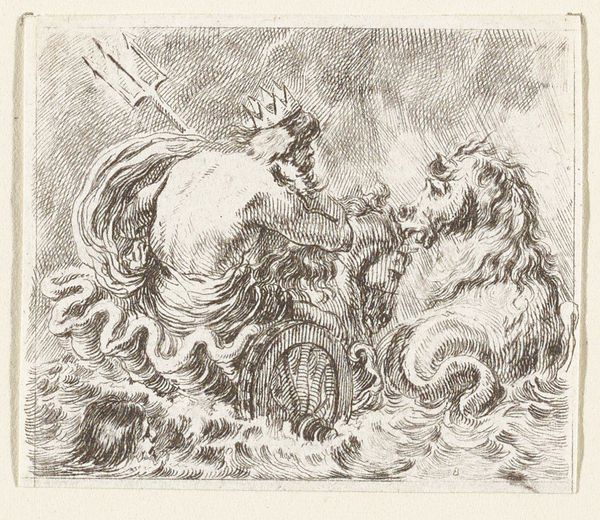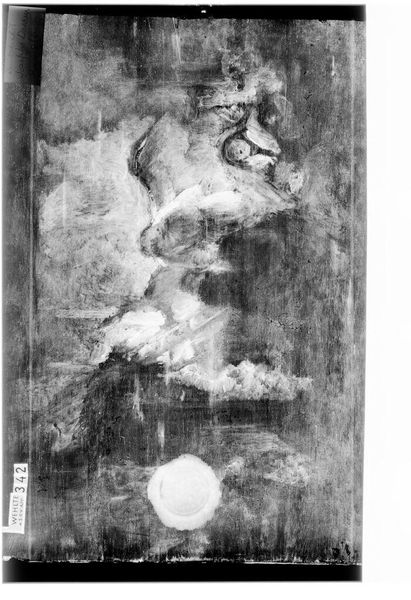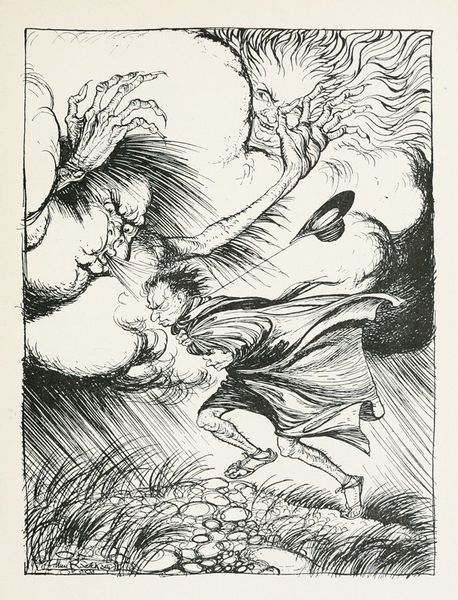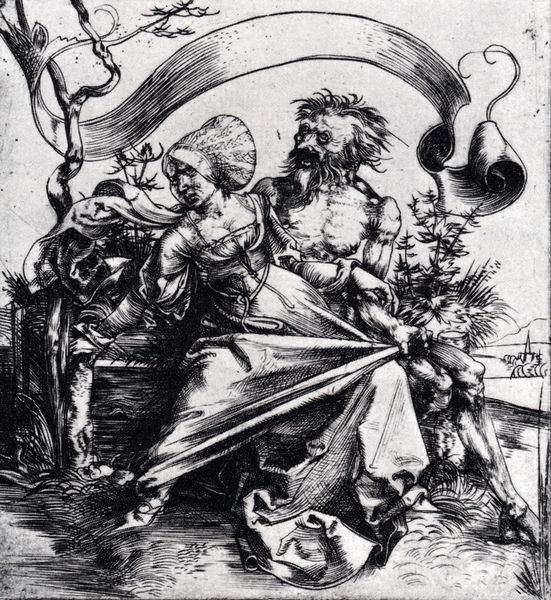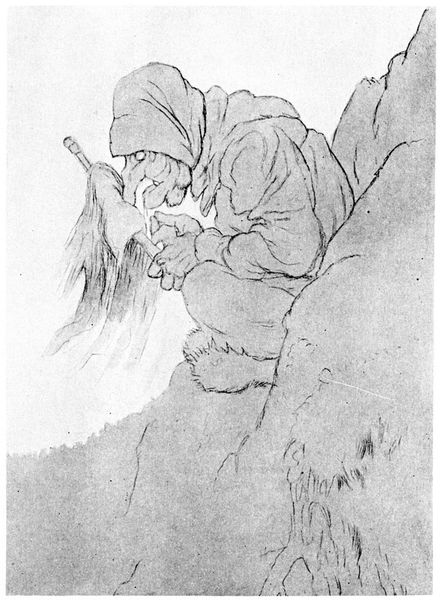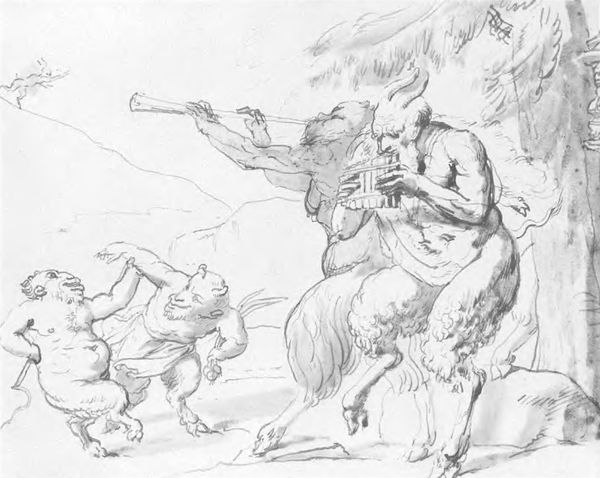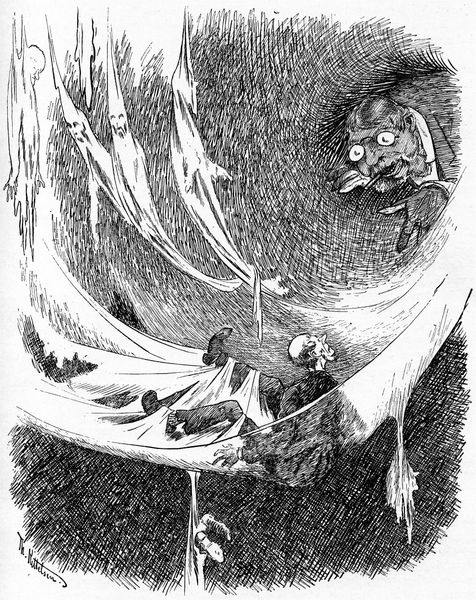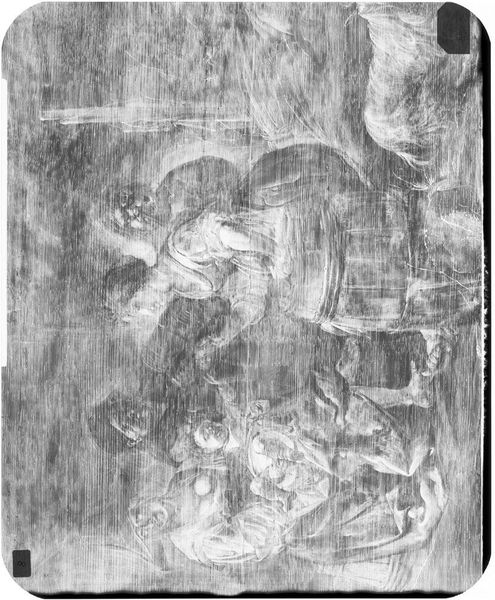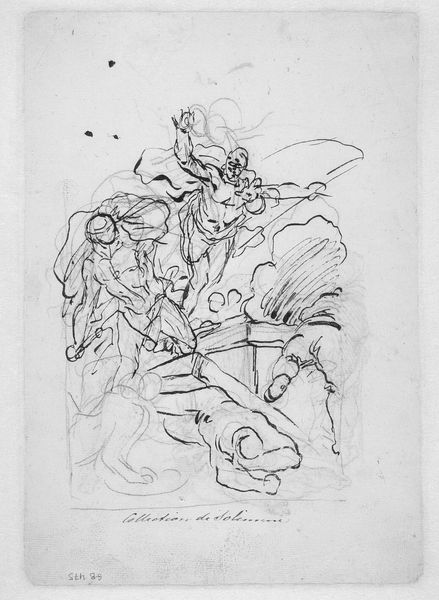
drawing
#
drawing
#
neoclacissism
#
figuration
#
sketch
#
history-painting
Copyright: Public domain
Editor: Here we have Orest Kiprensky's "Athena," a drawing from 1810. I'm struck by how dynamic it feels, despite being a preliminary sketch. What do you see in this piece? Curator: This drawing provides a glimpse into the complex cultural and political landscape of early 19th-century Russia. The neoclassical style, so evident here, wasn't just about aesthetic preference. It was deeply intertwined with ideas of empire, order, and reason, all of which were being vigorously debated in the wake of the Enlightenment and the Napoleonic Wars. Athena, a symbol of wisdom and strategic warfare, takes on heightened significance in this context, doesn't she? Editor: That makes sense! I had been mainly focusing on the aesthetic elements of it. Is the cupid relevant to your interpretation? Curator: Absolutely. Think about what Cupid represents – desire, passion, disruption. His presence alongside Athena introduces a fascinating tension, hinting at the ongoing push and pull between reason and emotion, control and chaos, within individuals and within societies. The historical background against which the artist was working suggests that the social function of this art was much more complex than meets the eye, don't you think? What happens if we consider the impact of patriarchal ideology when evaluating it? Editor: Interesting…it seems there are multiple layers of interpretation influenced by the moment it was made and what the artist meant by it. Thanks for your input! Curator: My pleasure! And thinking about the relationship between Athena and Cupid opens up broader discussions about power dynamics, societal expectations, and the roles we assign to historical female figures. This sketch invites us to question, doesn't it?
Comments
No comments
Be the first to comment and join the conversation on the ultimate creative platform.
